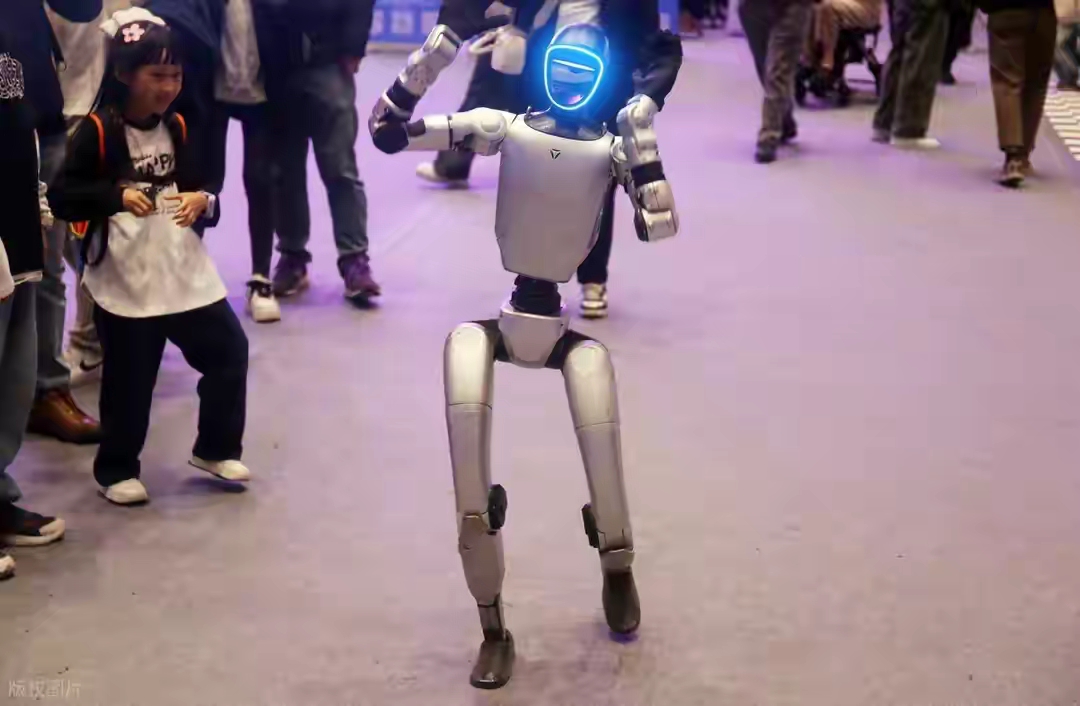
When Tesla Optimus completes precise object grasping, when Figure 03 announces industrial mass production, and when the Ministry of Industry and Information Technology incorporates humanoid robots into strategic emerging industries, this product, which was once stuck in science fiction movies, is accelerating from the laboratory to reality. From the parkour performance of Boston Dynamics Atlas to the cost breakthrough of Wanjie robots, the humanoid robot industry has gone through a "laboratory exploration period" in the midst of noise and controversy, and now stands at a critical juncture of large-scale implementation. Its future lies not in simply showcasing technology or achieving nationwide popularization overnight, but in a gradual breakthrough with cost reduction as the cornerstone, scenario implementation as the path, and technological iteration as the core, ultimately building an industrial ecosystem that combines "specialization, refinement, novelty" and "general intelligence" in industries, services, households, and other fields.
The reduction of cost scale is the core prerequisite for humanoid robots to overcome the "luxury goods" dilemma. In the past decade, the reason why humanoid robots have been difficult to land is rooted in the high cost barriers under the "manual customization" mode - Honda ASIMO unit price exceeds 500000 yuan, Boston Dynamics Atlas annual production capacity is only a few dozen units, and core component costs account for more than 60%, which makes enterprises and families hesitate. The key turning point in the current industry is the transformation from a "manual workshop" to a "smart factory" production model. The BotQ intelligent factory built by Figure AI replaces traditional precision machining with mold stamping, reducing the number of parts from 1200 to 680, compressing the assembly time of a single unit from 5 days to 12 hours, and achieving an annual production capacity of over 12000 units; By leveraging Huawei's chip technology and Serys' automotive supply chain, Wanjie has lowered the unit price of robots to 100000-150000 yuan, which is only one-third of that of traditional industrial robots.
Accurate landing in the scene is the key path for humanoid robots to achieve commercial closed-loop. The Da Mo report points out that the market's short-term expectations for humanoid robots are too optimistic, and the realization of general intelligence still takes time. Focusing on vertical scenarios with "specialization, refinement, novelty" is the way to break through the current situation. The industrial sector has taken the lead in ushering in a wave of substitution: the average age of Chinese manufacturing workers has reached 42 years old, and young people are unwilling to engage in repetitive and high-risk work. The Ubiquitous Walker S2 has been put into trial operation at the BYD factory, with orders exceeding 5000 units by 2025; Although the density of industrial robots in Germany has reached 392 units per 10000 people, 40% of the processes still rely on manual labor. With the advantage of flexible operation, the investment return rate of humanoid robots in welding, handling and other scenarios has been reduced to 1-2 years. The service scenario presents a dual driving force of "emotional value+practical function": Japan's 29% aging rate has given birth to the Pepper care robot market, and China's 280 million elderly population has brought about a demand for elderly care, making robots with simple companionship and health monitoring functions a necessity; During major promotions such as Double 11 in the logistics industry, the combination of robot sorting and AI scheduling can increase efficiency by 10 times, solving the bottleneck of manual sorting capacity.
Ultimately, the future of humanoid robots is not in distant sci-fi imagination, but in down-to-earth industrial practice. It requires enterprises to abandon impetuous mentality and focus on the implementation of core technologies and scenarios; Capital needs to maintain rationality and provide the industry with sufficient growth cycles; We need precise policy guidance to build an open and collaborative industrial ecosystem.

In early December, US stocks staged their most dramatic intraday reversal in months. Driven by the dual positive catalysts of chip giant NVIDIA's better-than-expected earnings report and a "Goldilocks" nonfarm payrolls report, the S&P 500 index surged as much as 1.9% within the first hour of trading.
In early December, US stocks staged their most dramatic int…
On December 5, 2025, the European Union fined Musk's social…
Since October 2025, there has been a week of intense fighti…
On the global economic stage of 2025, the U.S. economy is s…
Recently, the head of Apple's artificial intelligence and t…
On December 5, 2025, the Office of the Compilers of the Cur…